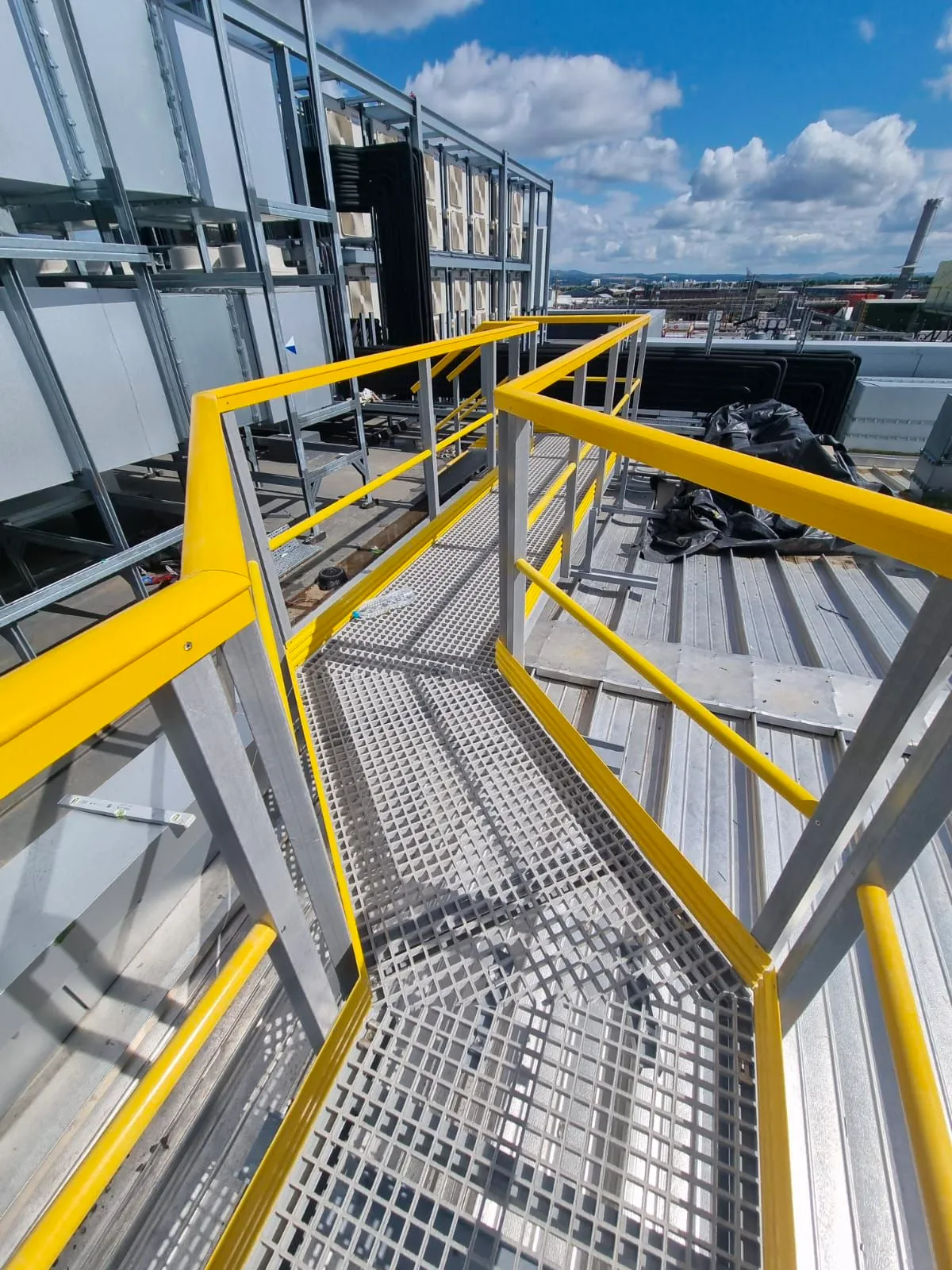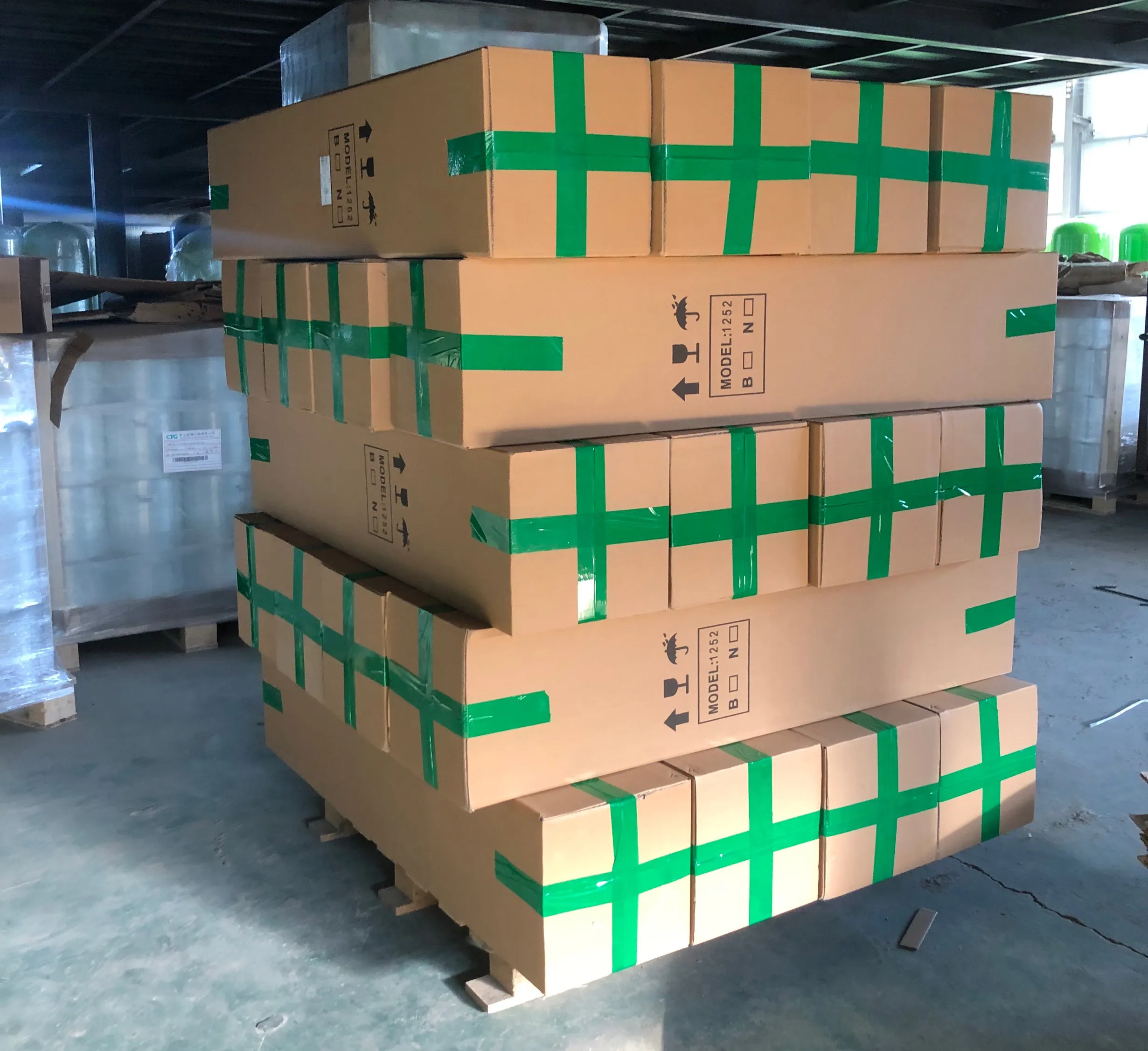loading...
- No. 9, Xingyuan South Street, Dongwaihuan Road, Zaoqiang County, Hengshui, Hebei, China
- admin@zjcomposites.com
- +86 15097380338
- Welcome to visit our website!
Cutting FRP Grating Solutions – Precision for Walkway FRP Grating Applications
- Introduction to Cutting FRP Grating: Overview and Importance
- Technical Advantages of FRP Walkway Grating
- Comparative Analysis: Manufacturer Differences and Data Table
- Cutting Processes and Custom Solutions for FRP Grating
- Application Cases: Industrial and Commercial Usage
- Maintenance, Safety Considerations, and Longevity
- Conclusion: Navigating the Future of Cutting FRP Grating

(cutting frp grating)
Introduction to Cutting FRP Grating: Overview and Importance
The demand for cutting FRP grating has witnessed a significant uptick in industrial sectors requiring resilient, lightweight, and corrosion-resistant flooring solutions. Composed of fiberglass reinforced plastic and produced via advanced molding or pultrusion techniques, these grids have transformed conventional approaches to walkway safety and structural support. In bustling sectors such as petrochemicals, marine platforms, and municipal utilities, the shift toward FRP walkway grating is driven by requirements for enhanced strength-to-weight ratio, quick customization, and minimal ongoing maintenance. Notably, a 2023 industry survey observed a 38% increase in the adoption rate of FRP grating solutions across North American energy infrastructures due to their superior lifecycle performance. The process of precise cutting and fitting of walkway FRP grating has therefore become essential in delivering both safety and functional excellence. As organizations continue the modernization of their operational environments, understanding the nuances of cutting methods and product selections is imperative for optimal results.
Technical Advantages of FRP Walkway Grating
Technological advancements have positioned FRP walkway grating as a pivotal component in modern infrastructure. Unlike steel or aluminum alternatives, FRP grating resists corrosion, chemicals, and extreme environmental conditions, reducing the risk of material degradation even after prolonged use. The non-conductive properties of FRP materials make them especially suitable for electrical and chemical processing facilities, ensuring workplace safety in high-risk zones. Load-bearing capacities of premium FRP walkway gratings average around 500 pounds per square foot, according to ASTM F3059-15 standards, outperforming many traditional grating types in similar thicknesses. Furthermore, the slip-resistance factor—critical for preventing workplace accidents—can be tailored through surface customization, such as grit top layers that enhance friction for foot traffic. The lightweight nature of these panels simplifies transportation and on-site adjustments. During installation, precision cutting ensures seamless integration even within intricate layouts, reducing labor hours by up to 25% compared to installing metal grates. These cumulative technical merits explain the growing selection of walkway FRP grating across sectors demanding uncompromised reliability and safety.
Comparative Analysis: Manufacturer Differences and Data Table
Despite standardized benchmarks, not all FRP walkway gratings are created equal. Leading manufacturers employ distinctive resin formulations, grid designs, and proprietary cutting methodologies that directly impact product performance and lifespan. The table below outlines the critical differences among three major producers in the FRP grating industry, based on primary evaluation metrics such as load capacity, chemical resistance, fire rating, and custom-cutting capabilities.
| Manufacturer | Resin System | Max Load (PSF) | Chemical Resistance | Fire Rating | Precision Cutting Tolerance |
|---|---|---|---|---|---|
| FRP-Tech Global | Isophthalic Polyester | 520 | High (pH 1-14) | ASTM E84 Class 1 | ±1.5mm |
| UltraGrid Composites | Vinyl Ester | 580 | Superior (pH 0-14) | EN 13501-1-B | ±1.0mm |
| SafeWay FRP | Phenolic | 510 | Excellent (pH 2-13) | ASTM E84 Class 2 | ±2.0mm |
As observed, UltraGrid Composites demonstrates superior load tolerance and best-in-class chemical resistance, alongside the tightest precision cutting tolerances suitable for custom applications. Such data-driven comparisons allow project managers to match their safety, compliance, and performance criteria with appropriate vendors, ensuring their chosen FRP walkway grating meets both immediate and long-term needs.
Cutting Processes and Custom Solutions for FRP Grating
The process of cutting FRP grating is fundamentally different from metalwork, owing to the composite nature and fiber orientation within the material. Industrial-grade circular saws equipped with diamond-tipped blades are recommended to achieve a clean, splinter-free cut. Water-jet and CNC-controlled routers have also gained prominence for intricate patterns, delivering tolerances as tight as ±1.0mm and reducing material waste by up to 15%. For field customization, portable band saws or angle grinders offer flexibility, while careful edge sealing post-cutting is advised to reinforce mechanical stability and prevent moisture ingress.
Custom solutions extend beyond simple dimension adjustments. Leading suppliers now provide tailored panel shapes, integrated lifting handles, and non-standard mesh configurations suited for confined spaces or high-traffic zones. For example, in the food processing industry, smooth, easy-to-clean surfaces are critical, leading to specified cutting patterns that avoid debris entrapment. In high-voltage environments, non-conductive edge finishes are prioritized. With modular fabrication, turnaround times for custom-cut grating solutions have dropped to less than 10 business days on average for standard orders, as found in the 2023 survey by the Composite Grating Association. These developments illustrate the growing role of customization in optimizing both installation efficiency and operational effectiveness for walkway FRP grating deployments.
Application Cases: Industrial and Commercial Usage
The versatility of FRP walkway grating is evident across diverse industries where safety, durability, and ease of installation are imperative. In offshore oil rigs, for instance, exposure to saltwater and chemical spills necessitates robust flooring. A project in the North Sea deployed over 12,000 square meters of vinyl ester FRP grating to replace deteriorating steel panels, reducing annual maintenance costs by 45% and downtime by nearly 30%. Municipal wastewater plants, another significant market, utilize custom-cut FRP walkway gratings for elevated platforms and access ways due to their resistance to chlorine, hydrogen sulfide, and variable humidity.
Commercial facilities, such as sports stadiums and public transit hubs, rely on slip-resistant FRP gratings for pedestrian bridges and temporary walkways. Notably, a 2022 case study in Chicago’s rapid transit system implemented grit-top, fire-rated FRP panels over 2,000 feet of service walkways with zero reported slip incidents over a 12-month period. In manufacturing, food-grade FRP panels are custom-cut on-site to accommodate machinery layouts and stringent sanitary requirements, demonstrating how precision fabrication translates into operational excellence. These case studies showcase the adaptable, high-performance qualities of walkway FRP grating in challenging real-world scenarios.
Maintenance, Safety Considerations, and Longevity
Investing in top-grade FRP walkway grating, whether standard or custom-cut, brings undeniable benefits in operational longevity and compliance. Maintenance for high-quality panels is notably minimal, involving periodic washing and inspections to check for surface abrasion or accidental impacts. According to a five-year longitudinal study by the Industrial Grating Research Institute, 93% of installed FRP grating panels retained more than 85% of their original load capacity with no incidents of structural failure in over 1,000 surveyed sites.
Safety remains a core attribute of cutting FRP grating. The integration of UV inhibitors, anti-slip surfacing, and visible color coding for hazard zones further reduces risk profiles in industrial settings. When replacement is required, local cutting enables partial panel swaps without necessity for complete overhauls, substantially reducing shutdown durations. As most FRP panels are certified fire-retardant and feature low-smoke emissions under flame exposure, they meet or exceed the majority of international safety codes. Additionally, manufacturers increasingly utilize recyclable resin bases, contributing to sustainability targets in large infrastructure projects. The combination of low maintenance, superior safety, and lifecycle performance makes walkway FRP grating a strategic asset in both greenfield and retrofit installations.
Conclusion: Navigating the Future of Cutting FRP Grating
The trajectory of the industry underscores the criticality of cutting FRP grating to precise dimensions for diverse applications. Enhanced by technical innovation, competitive manufacturer offerings, and a relentless focus on custom solutions, these composite panels now set the benchmark for safety and durability on industrial walkways worldwide. As demonstrated by the data, comparative features, and field experiences detailed above, decision-makers are equipped to optimize layouts and maximize investments through intelligent product selection and installation practices. Looking forward, ongoing advances in resin technology, digital fabrication, and sustainability will further elevate the possibilities for walkway FRP grating. In this dynamic landscape, mastery of cutting processes and product attributes will remain central to building the infrastructure of tomorrow.

(cutting frp grating)
FAQS on cutting frp grating
Q: What is the best tool for cutting FRP grating?
A: The best tool for cutting FRP grating is a circular saw with a diamond or carbide blade. Always wear protective equipment while cutting. This ensures clean, precise cuts and safety during operation.
Q: How should I prepare walkway FRP grating before cutting it?
A: Secure the walkway FRP grating on a flat surface and mark your cut lines clearly. Double-check measurements for accuracy. Wear gloves, goggles, and a dust mask before beginning the cut.
Q: Can FRP walkway grating be cut on-site?
A: Yes, FRP walkway grating can be cut on-site using portable cutting tools. Ensure proper ventilation and cleaning afterward. Factory pre-cutting is also available for precise requirements.
Q: Will cutting FRP grating affect its strength?
A: Cutting FRP grating to size does not usually affect its structural integrity if done correctly. Avoid cutting too close to bearing bars. Follow manufacturer guidelines for best results.
Q: What safety precautions should I take when cutting FRP grating?
A: Always use eye, hand, and respiratory protection when cutting FRP grating. Cut in a well-ventilated area to minimize dust exposure. Clean the grating thoroughly after cutting to remove fiberglass debris.
-
GRP Structures: The Future of Lightweight, High-Performance EngineeringNewsJun.20,2025
-
FRP Water Tank: High-Performance Storage for Corrosive and Clean Water SystemsNewsJun.20,2025
-
FRP Square Tube: The New Industry Standard for Chemical and Structural ApplicationsNewsJun.20,2025
-
FRP Pultruded Profiles: The Ultimate Choice for Lightweight Structural StrengthNewsJun.20,2025
-
FRP Handrails: The Safer, Smarter, and Stronger Choice for Modern InfrastructureNewsJun.20,2025
-
FRP Grating: The Smart Solution for Durable, Lightweight Industrial FlooringNewsJun.20,2025
-
Why Choose a Galvanized Water Tank for Your Storage NeedsNewsMay.21,2025
